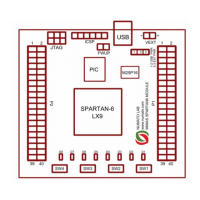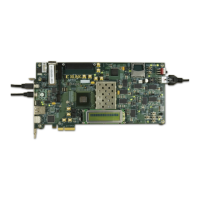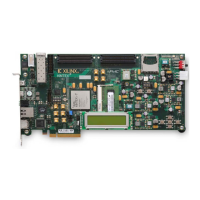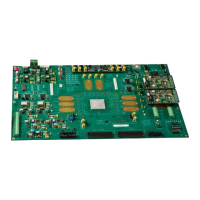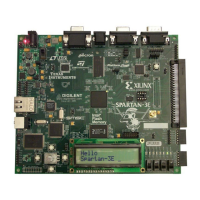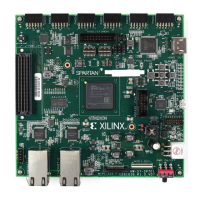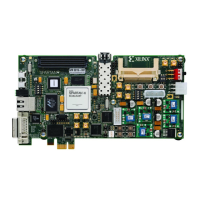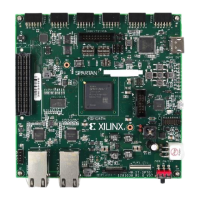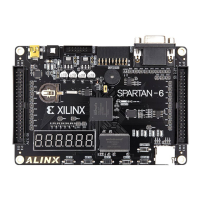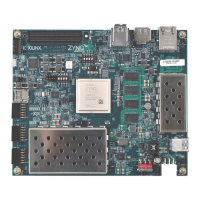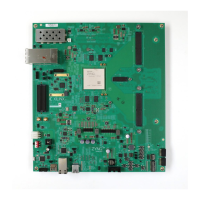Spartan-6 FPGA PCB Design and Pin Planning www.xilinx.com 39
UG393 (v1.1) April 29, 2010
Chapter 3
SelectIO Signaling
The Spartan-6 FPGA SelectIO resources are the general-purpose I/O and its various
settings. With numerous I/O standards and hundreds of variants within these standards,
these SelectIO resources offer a flexible array of choices for designing I/O interfaces.
This chapter provides some strategies for choosing I/O standard, topography, and
termination, and offers guidance on simulation and measurement for more detailed
decision making and verification. In many cases, higher-level aspects of the system (other
device choices or standards support) define the I/O interfaces to be used. In cases where
such constraints are not defined, it is up to the system designer to choose I/O interface
standards and optimize them according to the purpose of the system.
This chapter contains the following sections:
• Interface Types
• Single-Ended Signaling
Interface Types
To better address the specifics of the various interface types, it is necessary to first break
interfaces into categories. Two relevant divisions are made:
• Single-Ended versus Differential Interfaces
• SDR versus DDR Interfaces
Single-Ended versus Differential Interfaces
Traditional digital logic uses single-ended signaling – a convention that transmits a signal
and assumes a GND common to the driver and receiver. In single-ended interfaces, a
signal’s assertion (whether it is High or Low) is based on its voltage level relative to a fixed
voltage threshold that is referenced to GND. When the voltage of the signal is higher than
the V
IH
threshold, the state is considered High. When the voltage of the signal is lower
than the V
IL
threshold, the state is considered Low. TTL is one common example of a
single-ended I/O standard.
To reach higher interface speeds and increase noise margin, some single-ended I/O
standards rely on a precise dedicated local reference voltage other than GND. HSTL and
SSTL are examples of I/O standards that rely on a V
REF
to resolve logic levels. V
REF
can be
thought of as a fixed comparator input.
Higher-performance interfaces typically make use of differential signaling – a convention
that transmits two complementary signals referenced to one another. In differential
interfaces, a signal’s assertion (whether it is High or Low) is based on the relative voltage
levels of the two complementary signals. When the voltage of the P signal is higher than
the voltage of the N signal, the state is considered High. When the voltage of the N signal
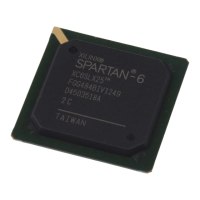
